A remarkable $100 million numismatic collection reappears after being buried for more than 50 years
A collector hid his treasure from the Nazis, his widow kept it secret for decades, but now Roman aurei, Greek staters and British pounds so rare that some have never been sold at public auction have resurfaced and will go under the hammer.
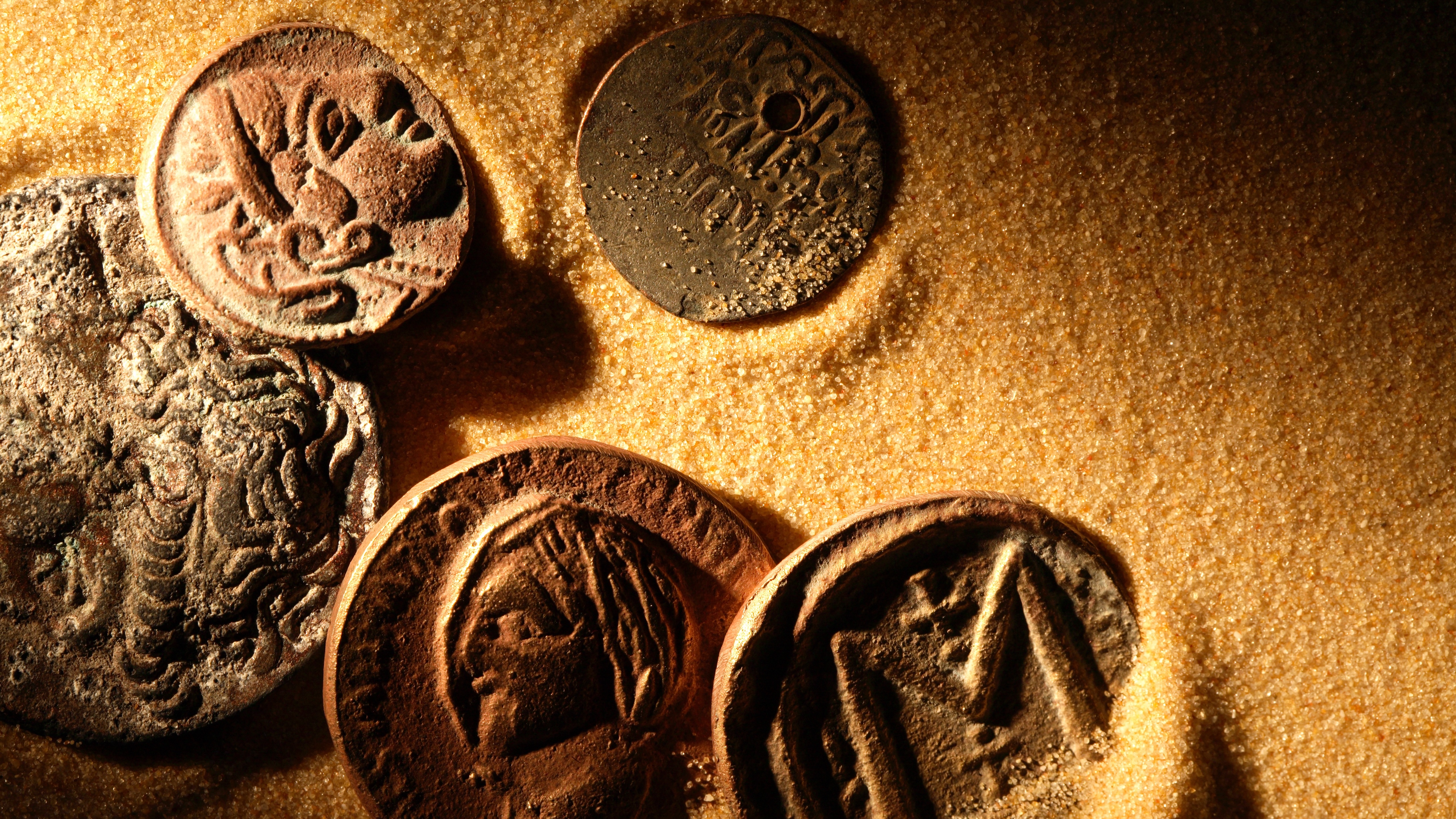

‘There are so many coins that no one had seen before and some that nobody knew existed.’ The voice of Arturo Russo, director and co-owner of specialist auctioneer Numismatica Ars Classica (www.arsclassicacoins.com) rings as much with marvel as with excitement at the collection he is getting ready to sell. It’s the largest group of non-American and ancient coins ever to go under the hammer — and the greatest part of it has remained concealed for more than half a century.
Eight decades ago, as the Nazi threat loomed large over Europe, a coin collector buried his treasure trove in the grounds of his house. He had been gathering ducats and ancient Greek staters, guineas and Persian tomans since the Wall Street Crash of 1929 first persuaded him to invest in gold currency. He soon began travelling with his wife across Europe, North and South America in search of the rarest, most interesting and most beautiful coins, meticulously cataloguing each purchase in his diary.
The couple eventually settled in Europe and when the Nazis appeared on the horizon, the collector decided to hide what he could from their rapacious looting. ‘He had the coins in three different locations: one was his country of origin — I cannot disclose it — another a place where he bought a lot of coins,’ explains Russo. The third and largest part, however, he had kept with himself and it’s this one that he concealed.
The coins were packed in cigar boxes, hidden in aluminium cases and secreted underground. Unfortunately, the collector died shortly after the Nazis invaded and the cases remained buried for more than 50 years. ‘I think the widow felt that, [as] she was the only one who knew where they were, [leaving them buried] was actually the safest place to keep them.’ But perhaps, Russo adds, she also had mixed feelings about the collection: her husband had refused to flee because he couldn’t carry his coins along, nor could bear to leave them behind: ‘this maybe this is what, to some extent, killed him, because when the Nazi arrived, then he got a stroke — he died, probably for the fear of them arriving.’
Only in her older years did his widow recover the stash and reunite it with the other two parts of her late husband’s collection. The heirs eventually decided to sell them all at auction — and what a sale it promises to be. Or rather, sales, as the 15,000 or so coins will be split into several tranches throughout the next three years.
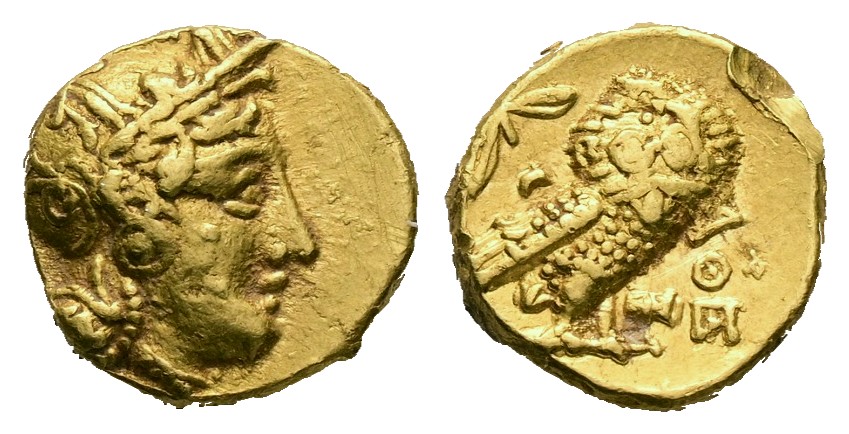
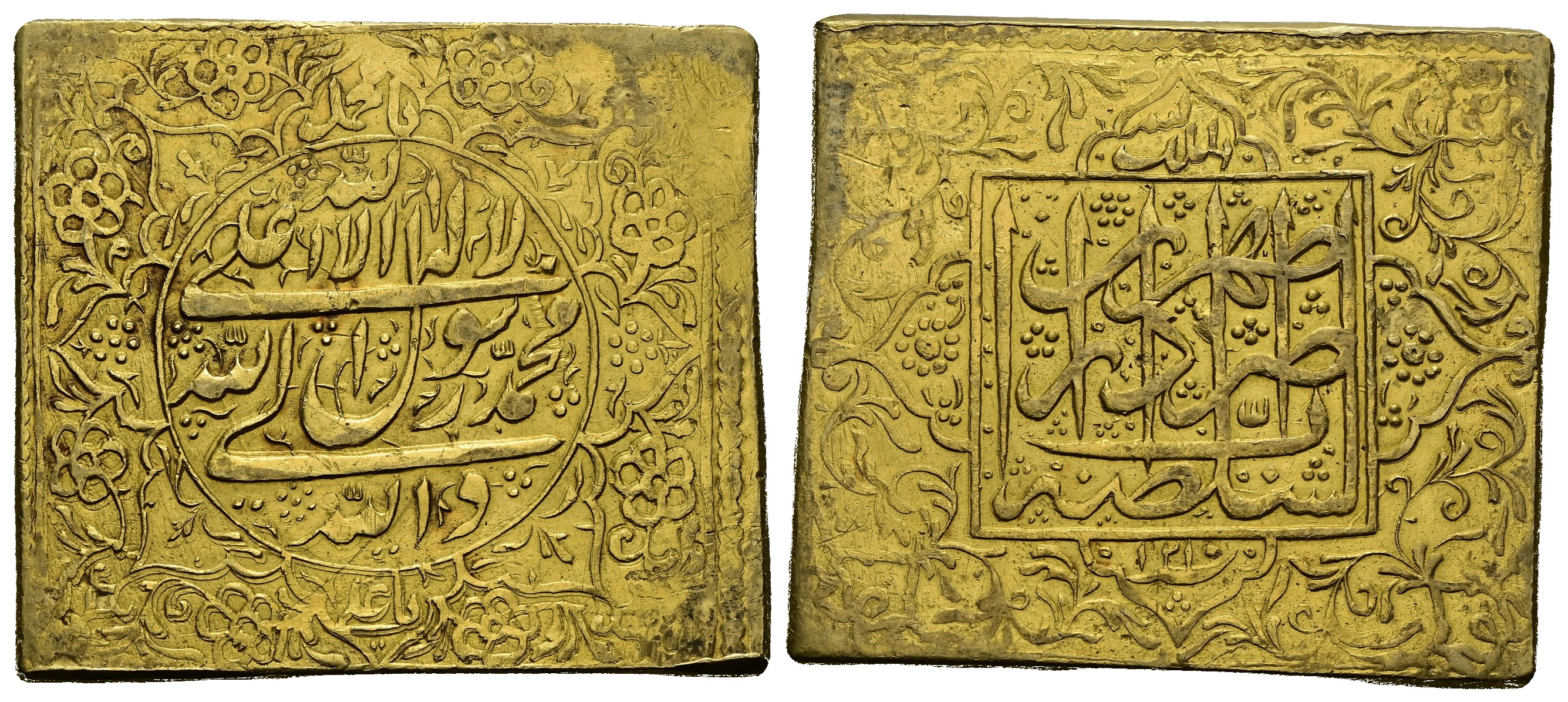
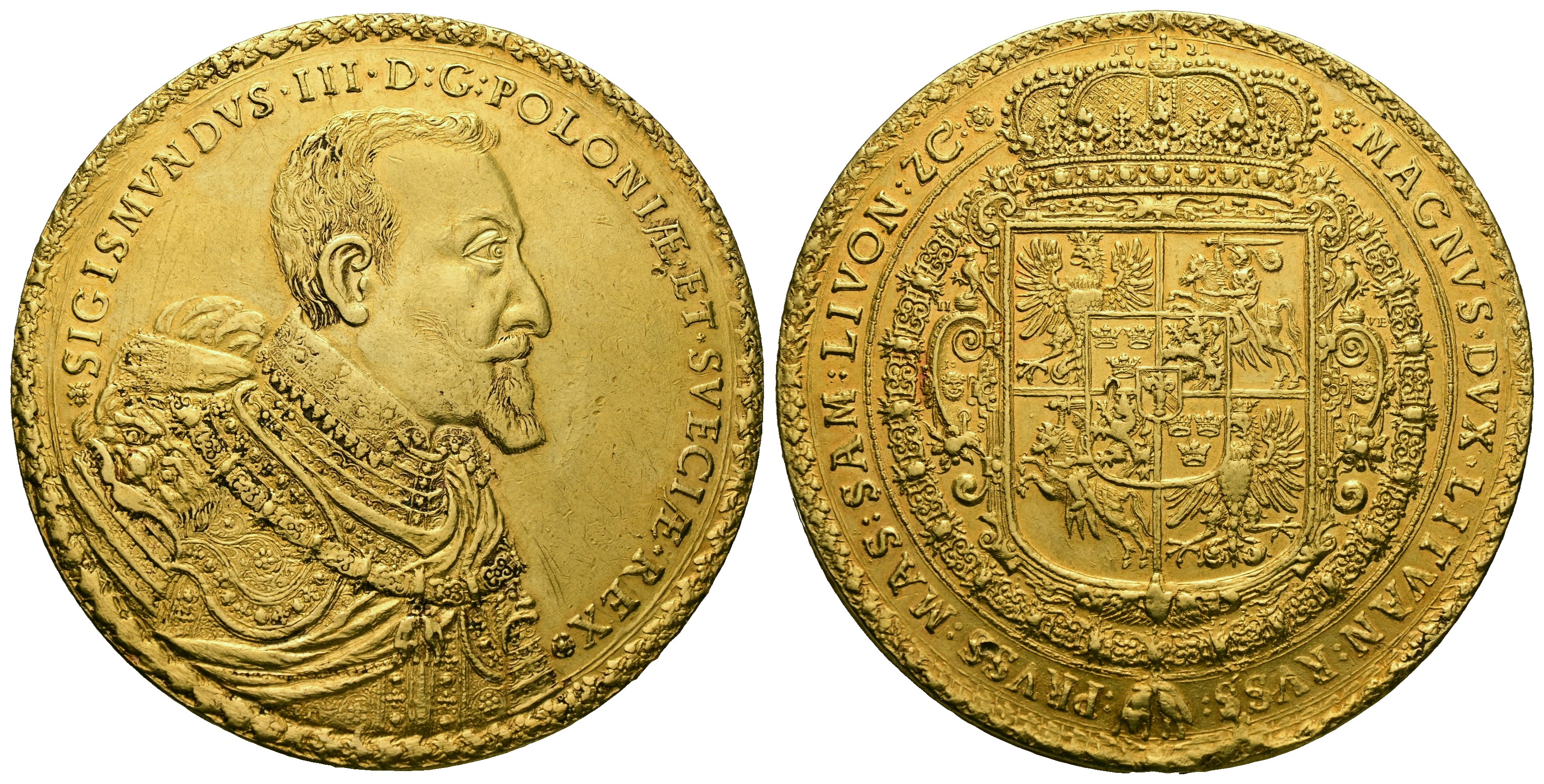
With an insurance value of more than $100 million, The Traveller Collection is the most prized ever to come to auction in its entirety. But even more than its worth, it’s the exceptional range and quality of the pieces that make this ‘a landmark in the history of numismatics,’ according to Russo. Some of the coins — which span more than 100 territories and some two millennia — are so rare that no example has ever before been sold at public auction or has not been seen for a long time, so much so that, admits Russo, valuing the collection was ‘a big challenge’. Normally, there are reference books that include a picture of a coin and suggest the range of its worth: ‘If they don’t, it means that [it] has not been offered at auction since the Second World War. And sometimes, [the book features] a drawing because no one ever had a picture of the actual coin. And [in this collection] there are not just one or two, but tens of these coins.’ As an example, he mentions an ‘exceptional series’ of Roman aurei (gold coins): ‘We were doing the valuation and there is this book called Roman gold coins of the world. I was there with my colleague and he told us, “Listen, I think that we will have to rewrite the book” — because [in the collection] there were so many coins [for which the pages showed] no value or picture.’ (To value these pieces, Russo and his colleagues had to use comparative examples: ‘If another coin of the same period, which is also unique, fetched this kind of money, I can expect this one to fetch more or less the same.’)
Among the many aurei that caught his eye was one minted by Mausaeus Carausius, a general who, having incurred the displeasure of Emperor Maximian and risking death, had responded by setting up his own state in Britain and proclaiming himself emperor. (Maximian and his co-ruler Diocletian eventually had to acknowledge his rule in 290AD, but his triumph was short-lived as he was killed by one of his own ministers in 293AD). Another ‘exceedingly rare’ coin from ancient times hails from the Greek island of Serifos and features a frog — ’only a few specimens are known’, says Russo — and there is an Athenian stater from 296 BC, struck by the tyrant Lachares, the man who stripped the gold from the chryso-elephantine statue of Athena Parthenos in the Parthenon to pay his soldiers. Dating from more recent times is a 100 ducat gold coin of Ferdinand III of Habsburg — at more than 12 oz, it’s one of the largest denominations of European gold coins ever minted.
Sign up for the Country Life Newsletter
Exquisite houses, the beauty of Nature, and how to get the most from your life, straight to your inbox.
The first Traveller Collection sale centres on British machine-struck coins and medallions from the times of Charles II through to George VI’s coronation in 1937. For this, Russo’s Numismatica Ars Classica has partnered with British expert David Guest. He’s ‘cranking out a few extra footnotes to the catalogue’, but finds a moment to speak about one of his favourite pieces in the sale — a £5 Una and the Lion coin by William Wyon. ‘This was a pattern of gold coin struck in 1839 for Queen Victoria and it's generally considered to be one of the most beautiful coins ever struck. It's got a beautiful depiction on the obverse of the young queen just two years into her reign, with a ponytail, hair bound by two fillets.On the reverse, you have this extraordinary design inspired by a poem from the Elizabethan period — written by Edmund Spenser and called The Faerie Queene — which shows you this figure, Una, here represented like Victoria guiding the British lion with her scepter. It's a magnificent design and grave with considerable care and detail.’ So much detail, in fact that the coin was never issued because it was probably too complicated to execute on a mass scale. Guest believes the gold version in the Traveller Collection is especially rare — his research suggests it’s Wyon’s first attempt at producing this coin,the prototype for the entire issue: ‘He made a mistake in the Latin legend on the reverse, spelling one word incorrectly, and he makes amendments [to the design]. This is the artist at work, and then that's mediated by the people in power at the Mint and he comes back with a more classical design.’
Another favourite of Guest’s is a very rare £5 piece of George III from 1820, engraved by medallist and engraver Benedetto Pistrucci: ‘You've got this extraordinary portrait of the king in the last year of his life, which is completely Hellenistic in its conception. You can see Pistrucci has been looking at
Hellenistic portraits from the successors of Alexander the Great. You've got the equestrian St George slaying the dragon — still used on the gold sovereigns to this day. It's one of the most iconic coin designs of all times and he puts that on the reverse. Previously, [there had been] all the shields and all the titles about the king's many dominions, but that's just swept away with this extraordinary, classical depiction of good over evil.’
British coins, reveals Guest, are as sought-after abroad as at home — they have an especially big following in Japan, where ‘they particularly love coins with Queens’ — and he expects great interest when this portion of the Traveller Collection will be sold in Zürich on May 20. ‘Collectors are very passionate types and the thought of a property like this coming on the market is going to whet appetites all over the world.’
Carla must be the only Italian that finds the English weather more congenial than her native country’s sunshine. An antique herself, she became Country Life’s Arts & Antiques editor in 2023 having previously covered, as a freelance journalist, heritage, conservation, history and property stories, for which she won a couple of awards. Her musical taste has never evolved past Puccini and she spends most of her time immersed in any century before the 20th.
-
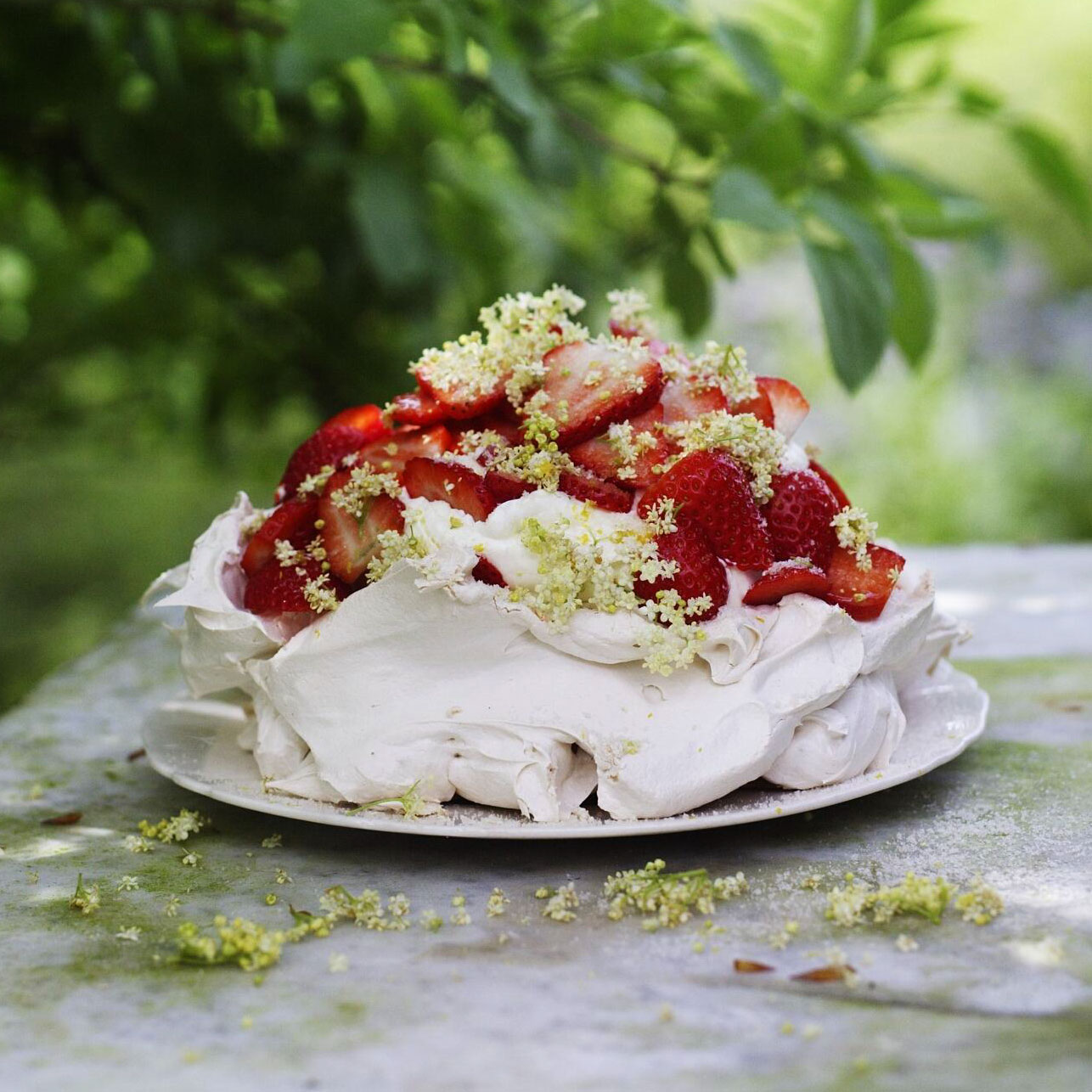 Gill Meller's strawberry, lemon and elderflower meringue
Gill Meller's strawberry, lemon and elderflower meringueGill Meller's strawberry and elderflower meringue is basically summer on a plate.
-
 Tom Cruise's insane stunts, Back to the Future and a power-hungry turtle: Country Life Quiz of the Day, June 5, 2025
Tom Cruise's insane stunts, Back to the Future and a power-hungry turtle: Country Life Quiz of the Day, June 5, 2025Thursday's quiz asks what WAS Yurtle the Turtle really the king of? And other important questions.
-
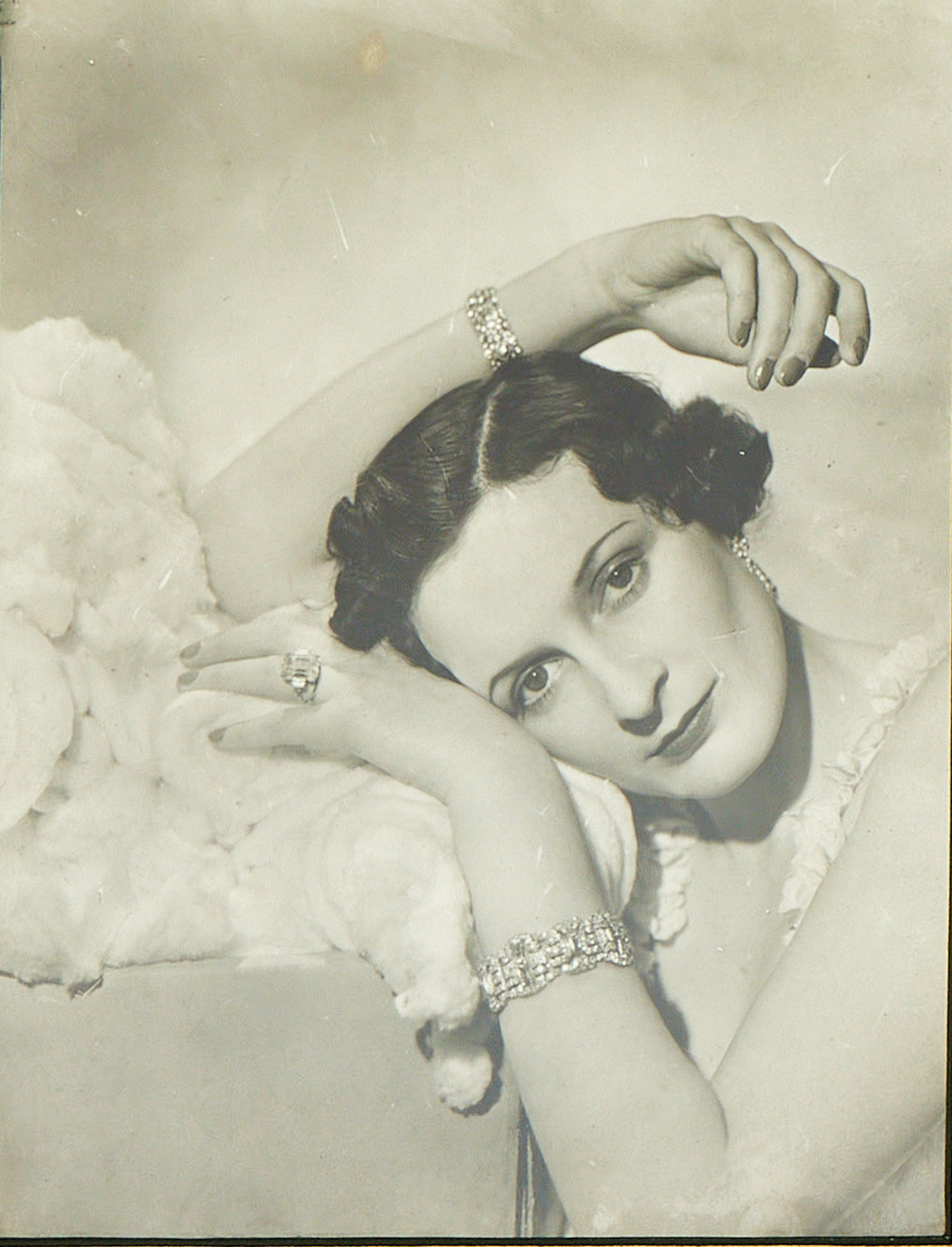 Sparkling diamonds: Nancy Astor and Ann Fleming’s jewellery is up for auction
Sparkling diamonds: Nancy Astor and Ann Fleming’s jewellery is up for auctionAstor’s Cartier tiara will be sold by Bonhams, while the accessories of the wife of the James Bond author go up for auction with Dreweatts.
-
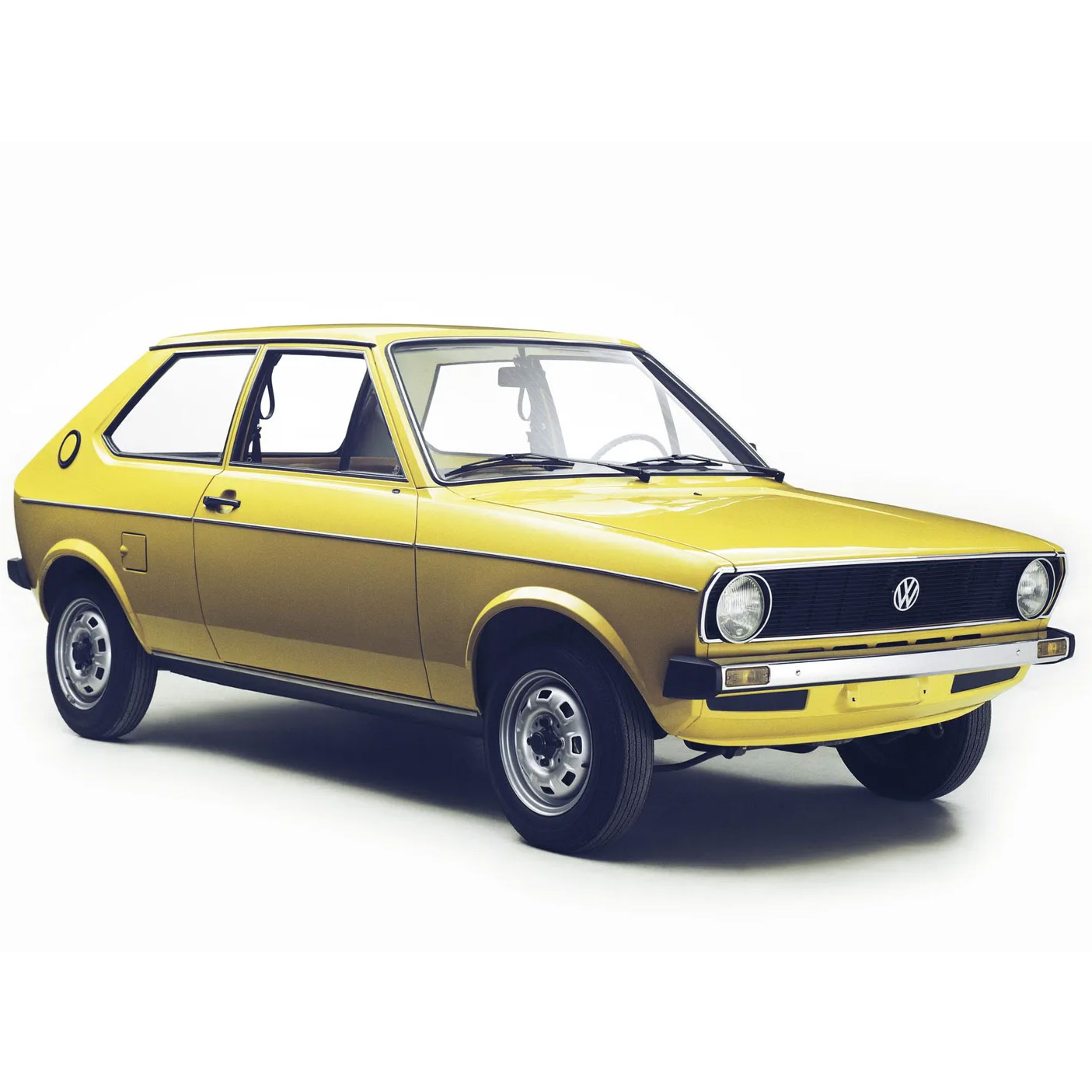 'More of a family member than a car': 50 years of the Volkswagen Polo
'More of a family member than a car': 50 years of the Volkswagen PoloHalf a century? That’s a milestone for humans, never mind cars, so join us as we raise the bunting, stuff our faces with cake, and cheer for one of our favourite little memory makers.
-
 A five minute guide to the new V&A East Storehouse’s treasures
A five minute guide to the new V&A East Storehouse’s treasuresSamurai swords and 350,000 books are just some of the curios in the new Victoria & Albert storehouse in Stratford, London, which is now open to the public.
-
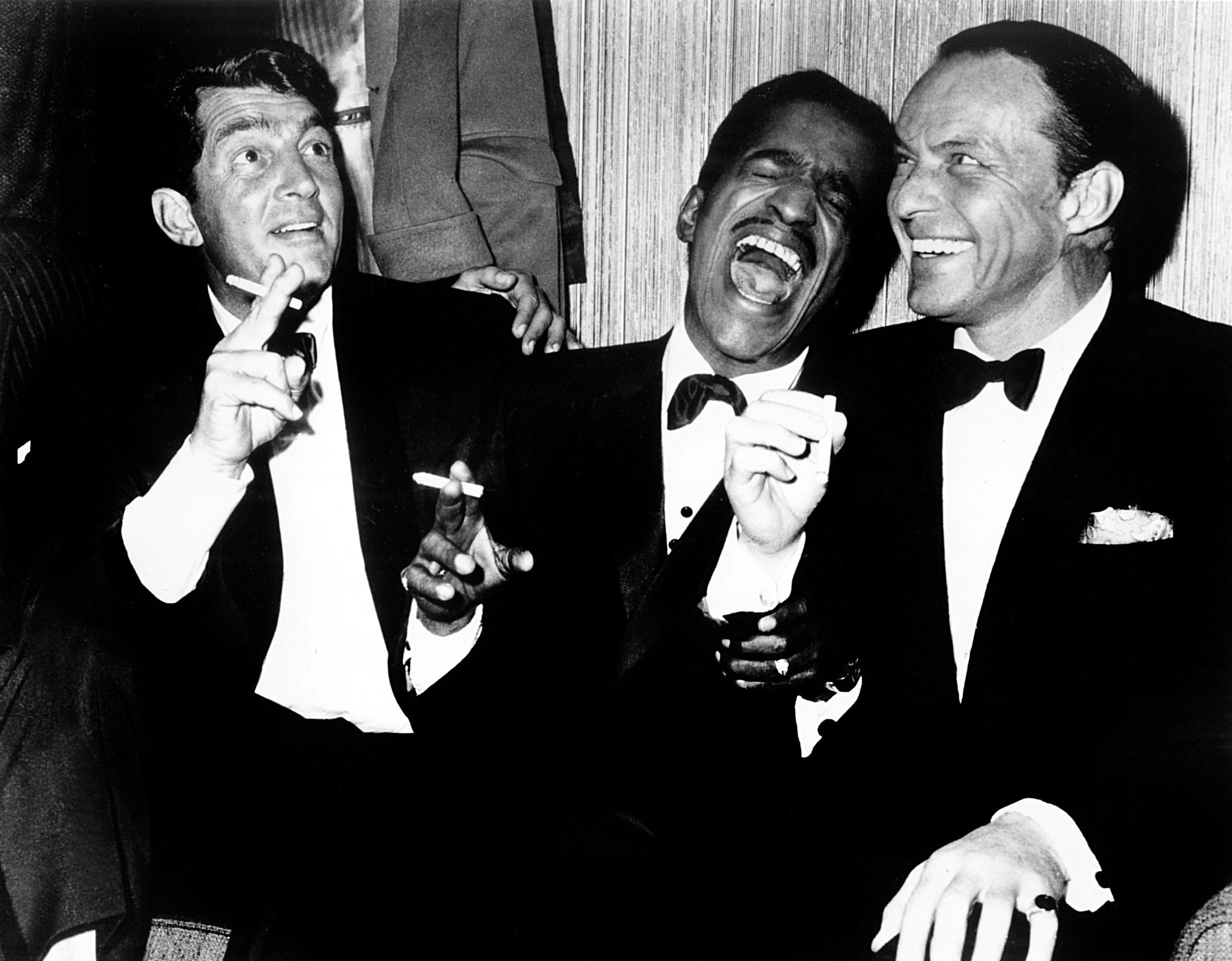 The bow tie: A new statement of counter culture or a 'middle finger around your neck'?
The bow tie: A new statement of counter culture or a 'middle finger around your neck'?It no longer matters if you’re not a surgeon or a comedian: after the dark days of endless leisurewear, bow ties are back
-
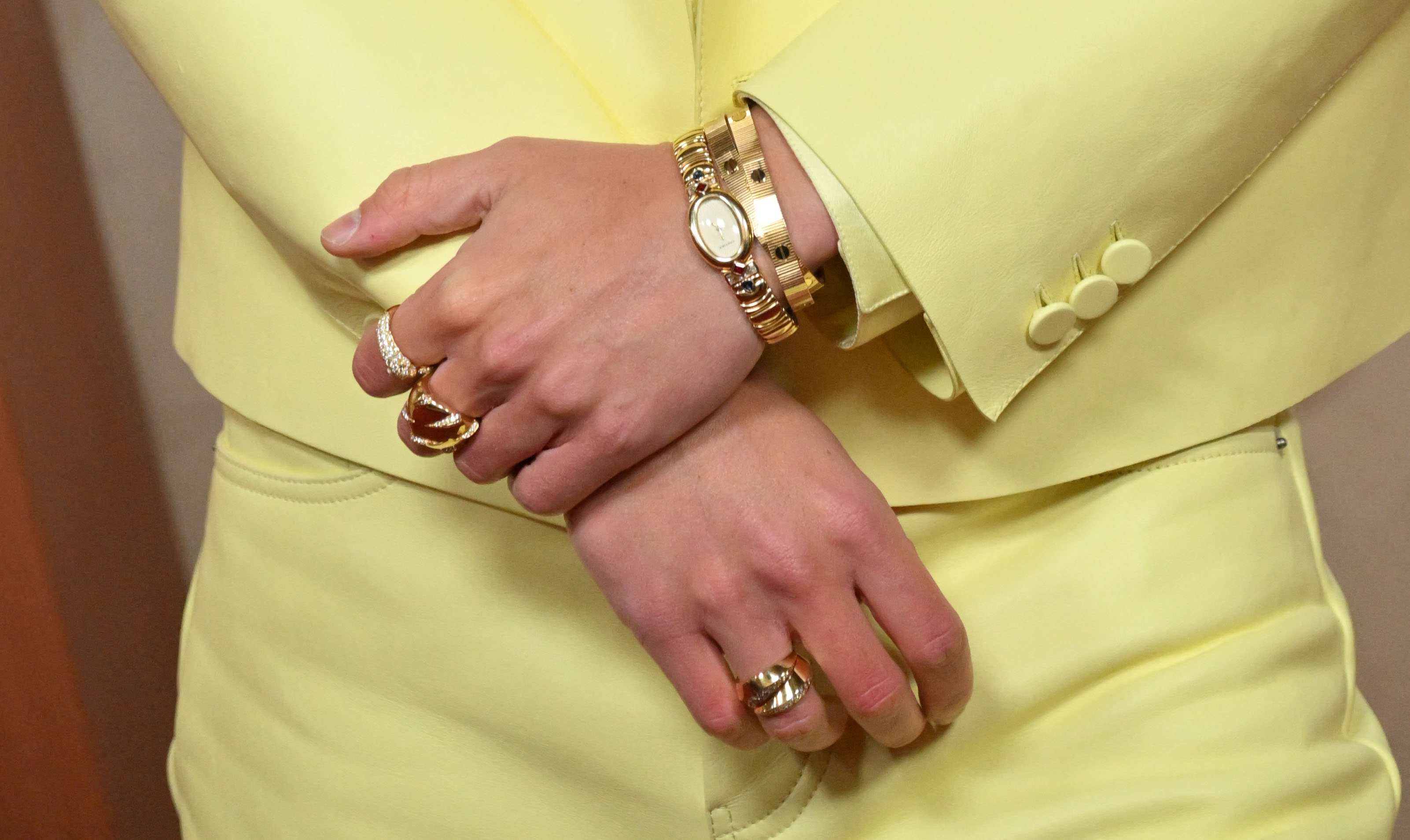 Itsy Bitsy Teenie Weenie Yellow Polkadot Timepiece: Are men really wearing smaller watches?
Itsy Bitsy Teenie Weenie Yellow Polkadot Timepiece: Are men really wearing smaller watches?Chris Hall questions whether the so-called-fashion for tiny tickers is as clear cut as it seems.
-
 Schumacher's winning 2001 Ferrari sells for €15.98 million in Monaco
Schumacher's winning 2001 Ferrari sells for €15.98 million in MonacoThe chassis, number 211, won in 2001 at the iconic street circuit, and also secured the German his fourth world title.
-
 Young at art: Meet the new generation of Young British Artists
Young at art: Meet the new generation of Young British ArtistsAs British contemporary art beats all odds to remain a cauldron of inventiveness and passion, Carla Passino discovers which artists aged 40 or under are on the radar of forward-looking museum directors and curators
-
 ‘If you’re second, you’re the first loser’: F1 Academy Champion Abbi Pulling on winning, filming with Netflix and what it will take for a woman to race in Formula 1
‘If you’re second, you’re the first loser’: F1 Academy Champion Abbi Pulling on winning, filming with Netflix and what it will take for a woman to race in Formula 1Last year, Abbi Pulling was the undisputed champion of F1 Academy’s second season. Now, she’s the star of a new Drive To Survive-style Netflix series.